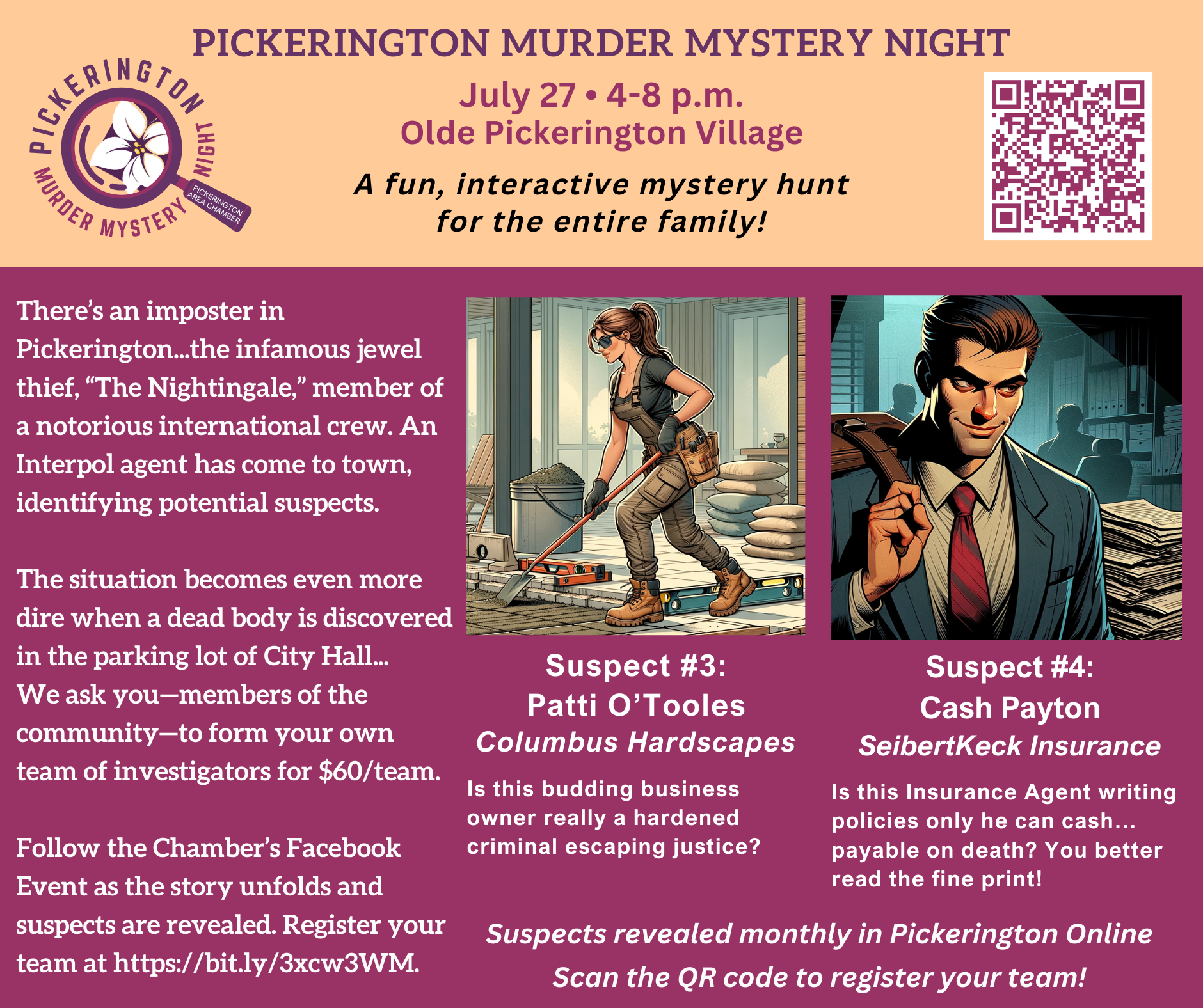
October 28, 2022
By Rachel Scofield
In the 1800s, the medical community transitioned from traditional remedies to science-based treatments. To test their theories and train the next generation of physicians, medical schools required bodies for dissection.
At the time, Christians believed the practice of dissecting a human corpse to be reprehensible. The only bodies that early medical students could study were those of executed criminals. However, there were not enough executions to keep up with the expanding field. Forbes reported that in the 19th century the number of medical schools in the United States increased from four to 160.
The demand for cadavers created a lucrative body-snatching industry. Medical schools would pay as much as $25.00 for a fresh corpse. Many laborers would not earn that much in an entire month.
The cemeteries of marginalized people including blacks and Native Americans were targeted first, followed by the Potters Fields where poor whites were buried.
If the body snatchers disturbed the grave of a middle- or upper-class white person, authorities became involved. On more than one occasion, mobs of townsfolks stormed medical campuses searching for missing bodies. In the cases when perpetrators were caught, the most that they would be charged was stealing clothes or shroud.

Body snatchers began to disrobe the bodies and toss the clothing back into the grave. People referred to the snatchers as “ghouls” or “resurrectionists”.
In 1830, Ohio passed a law making it a felony to exhume the dead yet snatching continued. Curt Dalton, author of Body Snatching in Ohio, estimates that between 1811 and 1881 there were 5,000 bodies taken from Ohio graves.
“Following the Civil War there was an unprecedented enrollment in the medical colleges of Ohio as a result of which the demands for cadavers were greatly increased,” Ohio State University professor Linda Edwards wrote in the Ohio History Journal.
“In order to meet these demands medical colleges resorted to the services of professional body snatchers, or resurrectionists, some of whom became notorious and whose nefarious trade developed to the point that they organized into gangs which trafficked in human bodies.”
Resurrectionists would typically only unearth the portion of the grave nearest to the headstone, then break the coffin lid. Using a rope or metal hook, the body would be hoisted to the surface then stripped. After tossing the clothing back into the coffin, the gang would replace the dirt and cart away the body. A family would never know that their loved one’s grave had been opened.

That was the almost the case for the family of Jonathan Boyer, whose body was taken from Raver Cemetery on East Waterloo Street in Violet Township.
On Christmas day in 1879, a group of boys crossed through the Raver graveyard while hunting and noticed tufts of what appeared to be human hair scattered across the ground. When authorities arrived, they discovered that Jonathan Boyer was missing from his grave.
Kristi Huskey, Boyer’s great, great, great, great granddaughter, said that authorities believed they would find his body at the Columbus Medical College on High Street, but a search of the campus yielded nothing. The Columbus Medical College would in 1914 merge into the Ohio State University College of Medicine.

“Bodies, if you could get one relatively fresh, were worth a ton of money back then,” Huskey said. “Medicine had changed from leeches and hocus pocus to science, and they needed bodies to study.”
Headstones would not be placed until after the dirt had settled enough to support the weight. Since Jonathan’s body was taken, a marker was never placed. Today, most of the headstones at Raver are gone, but you can still find the weathered markers the second of Jonathan’s three wives, Lydia. Jonathan would have been buried alongside his first wife, Nancy, Huskey’s great, great, great, great grandmother.
Over the years, the story of Jonathan’s theft passed through “eight generations of the telephone game.” The family knew that he had no grave, but the circumstances of why became hazy.
Huskey was told that Jonathan’s body had been stolen from the basement of the grocery in Carroll.
“The coroner traveled around the county,” Huskey said. “By the time he received notice of a death and could witness the body, it could be a while. So that the bodies didn’t get yucky, they kept them in ice houses under general stores.”
Because the cemetery’s address was sometimes listed as Carroll, the later generations assumed that was from where his body was taken. It was only after Huskey began researching her genealogy that she discovered newspaper articles detailing what really happened.

Jonathan’s body was never found.
In 1878, there were more cases of body snatching reported than any other year. That was also the year that the body of Jon Scott Harrison, son of President William Henry Harrison and father of President Benjamin Harrison, was taken from his family’s guarded crypt in North Bend, Ohio.
His body was accidentally located at the Medical College of Ohio (later to become part of the University of Cincinnati) by his son John. The younger John was searching for the body of his friend, Samuel Devin, who had recently died of tuberculosis. During his father’s funeral, John discovered that Devin’s grave had been disturbed and he headed to Cincinnati to find him.
John and his cousin, George Eaton, searched the campus with Cincinnati police and discovered assorted body parts, but none belonging to emaciated, young Samuel. On an upper floor, the party discovered a chute dropping down to street level.
Hoisting the rope that dropped through the opening, they found a naked male body. Despite the remains appearing to have belonged to a much older, robust gentleman, John pulled back the cloth that obscured man’s face to check for his friend.
The following account of what happened next is from the Cincinnati Commerical Tribune, May 31, 1878:
“Harrison, with eyes starting from their sockets, shrank, almost in fear, from the awful spectacle that was presented. He had before him…the corpse of his own old father, whom he had entombed only twenty hours before. It was there, caught by a rope around its neck–there in a black hole in the Medical College of Ohio, in the the city of Cincinnati, this body that the day before had been placed in a grave at North Bend….There is something in this situation of startling horror, this strange coincidence, this unlooked-for discovery, that challenges wonder. It is unprecedented.”
Samuel’s body would later be discovered in a pickling vat at the University of Michigan in Ann Arbor.
Resurrectionists would continue to operate until 1881, when the law changed allowing people to donate bodies to science.




















